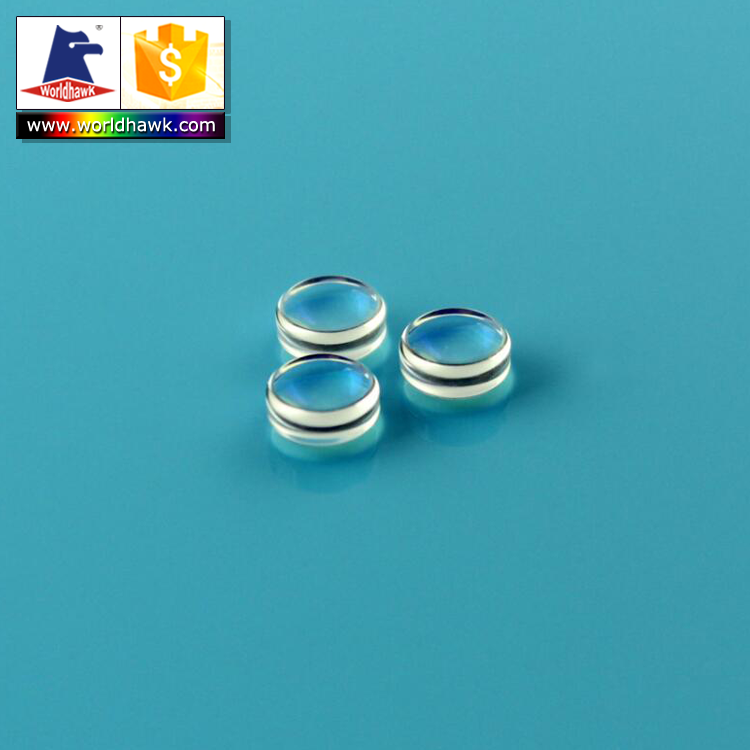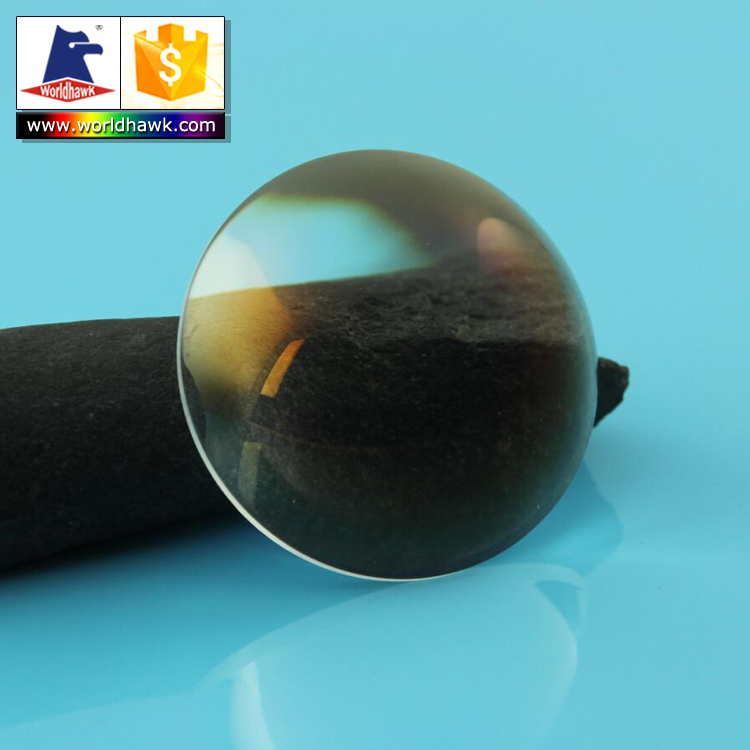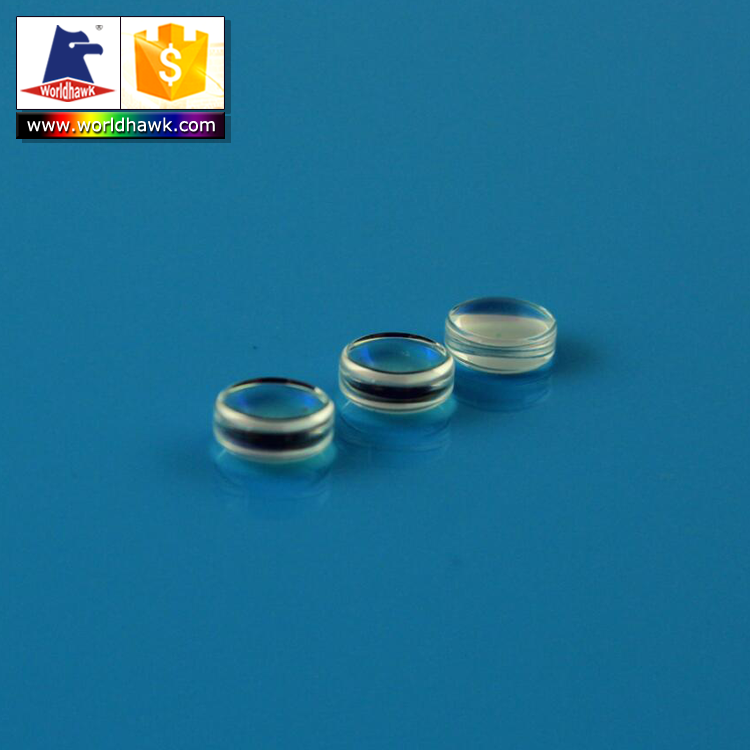According to the forecast of the National Agricultural Technology Extension Service Center, rice pests and diseases in China will be biased in 2018, with an estimated area of ​​1.32 billion mu. The prevention and control strategy is: prevention-oriented, comprehensive prevention, district management, and green efficiency. Focusing on the rice field ecosystem, priority is given to non-chemical control technologies such as resistant (resistant) pests, fitness cultivation, ecological regulation, and biological control to improve the ability of rice field ecosystems to control. Coordinate the application of efficient and low-risk pesticides . The specific control measures are as follows:
Non-chemical control technology
Selection of resistant (resistant) varieties: selection of rice varieties resistant to rice blast, rice smut, bacterial leaf blight, stripe leaf blight, brown planthopper, and whitebacked planthopper, to avoid planting high (easy) varieties.
Agronomic measures: (1) ploughing and irrigating. Using the characteristics of weak resistance of aphids in the flood season, the winter idle fields and green fertile fields were uniformly ploughed during the wintering period of aphids, and the deep water immersed rice piles were 7 to 10 days to reduce the number of insect sources. (2) Fitness cultivation. Strengthen water and fertilizer management, timely drying the field, avoid heavy application, partial application, delayed application of nitrogen fertilizer, increase application of phosphorus and potassium fertilizer, and improve rice stress resistance. (3) Clean the countryside. In the year-round breeding area of ​​the rice planthopper, the late rice is ploughed immediately after harvesting, reducing winter virus host plants such as regenerated rice and fallen rice.
Ecological engineering: Tianzhu keeps grass, providing habitat for natural enemies; Tianzhu planting sap, soy, cosmos and other flowering plants to protect and improve the control ability of natural enemies such as parasitic wasps and black-shouldered green-spotted scorpions; planting incense along the roadside ditch Plants such as root grass can reduce the population base of stem borer and giant salamander. Sex pheromone trapping: In the winter, the cockroach and the cockroach begin to moth, concentrate on the use of sex attractants, and control the pest base through cluster trapping or interference mating. Select the lure and dry moth traps with a validity period of more than 2 months, and place an average of 1 per acre. The height of the trap should be 50-80 cm from the ground at the bottom of the trap.
Control of Trichogramma ostriniae: T. sinensis and T. urticae release Trichogramma, two to three times per generation, 3 to 5 days apart, 10,000 bees per time mu. Place 5 to 8 points evenly per acre. The height of the bee is 5-20 cm above the top of the plant and 5 to 10 cm below the top of the plant.
Rice-duck farming: In the early stage of rice tillering, 15 to 20 days of ducklings are placed in rice fields, 10 to 30 ducks per acre, and ducks are harvested when rice is in the ear. Through the feeding activities of ducks, the damage of sheath blight, rice planthopper, snail and weeds are alleviated.
Physical barrier seedling: In the rice seedling stage, 20-40 mesh insect net or 15-20 g/m2 non-woven fabric is covered to cover the rice planthopper to prevent viral diseases.
On the basis of implementing non-chemical control technologies, other prevention and control measures have seized the implementation of chemical control in key periods. One is to popularize seed processing. The second is to transplant medicine with drugs to reduce the use of drugs in the early stage of the field. Two to three days before transplanting the seedlings, systemic drugs were administered and transplanted with drugs to prevent aphids, rice blast, rice locusts, rice planthoppers and their transmitted viral diseases. The third is to do a good job in ear protection. From the end of the pancreas to the breakage period, according to the main target of the panicle, comprehensive use of drugs to prevent rice blast, sheath blight, rice smut, ear rot, aphids, rice planthoppers and other pests.
Rice planthopper: The focus of chemical control is in the middle and late stages of rice growth. It applies to the paddy field with 1000 larvae at the booting stage and 1500 or more in the panicle stage.
Rice leaf roller: The control index is 150 tips of the bundles of rice clusters in the tillering stage, and 60 tips of the bundles of rice clusters after the booting. The application period of biological pesticides is from the beginning of egg hatching to the peak of young larvae.
Aphids: Controlling the stem borer, applying the herbicide at a rate of 8% to 10% at the tillering stage or 3% at the rate of the sheath of the sheath, and applying the medicine at the peak of egg hatching at the earing stage, focusing on the prevention and control of the upper generation of insects. The paddy field in which the eggs are hatched and the rice heading stage is consistent; the prevention and control of the stem borer is applied in the early stage of rice breakage, and the rice fields with 40 eggs per mu are controlled.
Rice blast: The control of spider mites is applied in the field when the lesions are first seen; the early application of the blasting to prevent the ear mites, the climate is suitable for the second epidemic when the disease is prevalent.
Rice false smut: 7 to 10 days before the rice break (10% rice leaf leaf pillow and inverted two leaf pillows are flat) when the application is prevented, in case of rainy weather, the second application after 7 days.
Viral disease: prevention of southern rice black-streaked dwarf disease, sawtooth leaf dwarf disease, black-streaked dwarf disease, stripe leaf blight, mainly in the early days of Putian and Honda, to prevent the migration of poisonous rice planthoppers. Pay attention to the pre-treatment of wheat field, field weeds, rice planthoppers.
Why choose aspheric lens?
Aspherical Lens is a single optical component with one or two aspheric surfaces. An aspheric lens or asphere is a lens whose surface profiles are not portions of a sphere or cylinder. As optical systems are pushed to be better, faster, and cheaper, it becomes necessary to explore aspheric solutions. Aspherical elements eliminate monochromatic aberrations (e.g. spherical aberration) and improve focusing and collimating accuracy. The whole system will be smaller and lighter, and possibly cheaper than the multi-lens design.
Our Aspheric Lenses are made by grinding & polishing. So they are more precise than traditional mould pressed. And also the tooling cost for grinding & polishign would be cheap and small quantity order would be accept.
We can do:
Precision Polished Aspheric Lenses
Aspheric Condenser Lenses
Aspheric Cylindrical Lenses




Aspheric Condenser Lenses
Condenser Lenses,Aspheric Condenser Lenses,Optical Condenser Lenses,Optical Aspheric Condenser Lenses
ChangChun Worldhawk Optics Co.,Ltd , https://www.worldhawk-optics.com